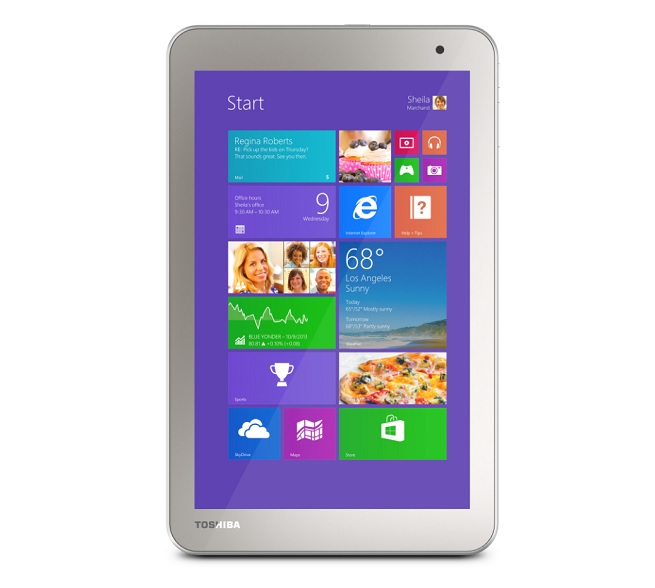Intel has committed over 60 percent of the surface area on the new Intel Core M system-on-chip to the graphics processing unit (GPU). That is an enormous change in attitude for the processor giant and indicates they clearly get it about what you do with a tablet—you look at it. And the tablets we’re going to be looking at have up to 4k resolution, that’s a lot of pixels to be pushing around in a game.
Within the new Core M GPU are 48 full-blown 32-bit floating-point processors—i.e., GPU cores. In fact, if you wanted to play math games you could say there are 384, but that’d be marketing talk.

Unlock premium content and VIP community perks with GB M A X!
Join now to enjoy our free and premium membership perks.
![]()

![]()